Choose the Right Dicing Machine and Save Time & Money: A Tailored Procurement Guide for Your Business
Why Choosing the Right Dicing Machine Matters for Your Business
In the food processing industry—whether it's fruit and vegetable pre-processing, meat handling, or frozen food manufacturing—dicing machines have become essential equipment. However, selecting the right dicing machine is far from a simple task:
On the market, product models vary widely in performance, price, and configurations. A poor procurement decision not only wastes budget but can lead to production bottlenecks, frequent maintenance issues, and long-term operational risks that hinder your company’s growth.
Therefore, businesses should approach dicing machine procurement with clear strategies, factoring in production capacity, material compatibility, budget expectations, and after-sales support to make informed, cost-effective investments.
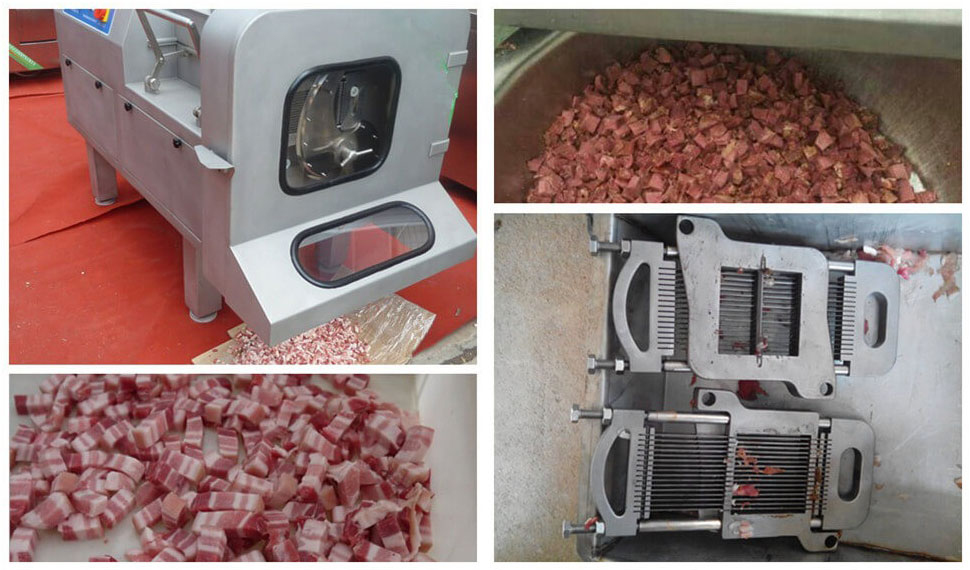
Define Your Needs: 5 Key Questions to Ask Before Purchasing
1️⃣ What is your annual output and daily processing requirement?
Capacity planning is fundamental to selecting the right machine.
Example: A company processing 500kg per day vs. 5 tons per day will require completely different machine models in terms of power, knife group configuration, and automation level.
| Daily Output | Recommended Type | Suitable For |
|---|---|---|
| < 1 ton | Small commercial dicer | Small factories, central kitchens |
| 1-3 tons | Medium-scale dicer | Mid-sized factories, regional suppliers |
| > 3 tons | Industrial high-speed dicer | Large factories, mass production lines |
Avoid over-investing in oversized equipment which leads to unnecessary budget waste and higher energy consumption.
2️⃣ What materials will you be processing?
Different materials require specialized blade configurations and machine parameters:
Meat (fresh or frozen): Focus on blade durability, cutting speed, and avoiding extrusion or stringing
Fruits and Vegetables: Ensure moisture retention and clean, smooth cuts
Cheese or Soft Products: Require low-speed precision to prevent sticking or deformation
Clearly define your core materials and choose machines designed specifically for them. Avoid “one-size-fits-all” solutions that compromise performance.
3️⃣ What is your budget and ROI expectation?
Dicing machines range from a few thousand to tens of thousands of dollars depending on:
Blade quality and technology
Automation and smart features
Brand reputation and after-sales service
When budgeting, consider:
✅ Expected ROI period
✅ Machine lifespan (preferably ≥ 5 years)
✅ Labor cost reduction & waste reduction potential
✅ Future scalability compatibility
Chasing the lowest price often results in higher long-term maintenance costs and downtime.
4️⃣ Is there a reliable after-sales service system?
Food processing equipment is a long-term asset. After-sales support directly impacts operational continuity and cost:
| After-Sales Service | Importance |
|---|---|
| Warranty period | Should cover at least 1 year for machine and core parts |
| Spare parts supply | Quick access to original parts prevents downtime risks |
| Technical support | Timely responses, remote diagnostics available |
| Maintenance training | Support for building internal maintenance practices |
Strong after-sales support significantly reduces hidden lifecycle costs.
5️⃣ Does the equipment meet food safety regulations?
Ensure compliance with food industry safety standards:
Material: 304/316 food-grade stainless steel
Design: Rounded corners, no dead angles, easy to clean
Certifications: CE, ISO, HACCP compliance
Compliant equipment mitigates regulatory risks and strengthens your brand’s reputation and partnership opportunities.
Common Procurement Pitfalls: 5 Mistakes to Avoid
❌ Focusing solely on price, ignoring technology and support
— A low price often hides higher maintenance and downtime costs.
❌ Choosing excessive specs beyond actual needs
— Overspecification wastes budget and increases energy usage.
❌ Ignoring core blade technology
— Poor blade quality impacts product consistency and efficiency.
❌ Believing exaggerated capacity claims
— Always request real customer references or on-site testing data.
❌ Neglecting future scalability
— Ensure compatibility for future upgrades and expansion.
Suggested Procurement Process: How to Make Smart, Cost-Effective Decisions
Step 1: Define Clear Requirements
☑ Annual / daily capacity
☑ Product types / dice sizes
☑ Automation / cleaning needs
☑ Budget / ROI expectations
Step 2: Compare Multiple Brands
On-site visits or live video demonstrations
Request real customer references and feedback
Prioritize industry-recommended suppliers
Step 3: Request Machine Testing
Test with your actual materials to verify capacity, precision, and stability
Examine final product: uniformity, cut quality, defect rate
Step 4: Evaluate After-Sales Support
Service network coverage
Local engineers or service presence
Spare parts inventory, warranty terms
Step 5: Calculate ROI Holistically
Estimated labor savings
Projected defect reduction
Annual maintenance costs
Clear ROI payback timeline
Example ROI Calculation for Dicing Machine Investment
| Indicator | Before (Manual Cutting) | After (Dicing Machine) |
|---|---|---|
| Daily Output | 1 ton | 5 tons |
| Labor Input | 20 workers | 2 workers |
| Annual Labor Cost | $150,000 | $15,000 |
| Defect Rate | 8% | < 2% |
| Monthly Output Increase | — | +200% |
| Equipment Investment | — | $35,000 |
| ROI Payback Period | — | 8-12 months |
Note: Figures are industry averages for reference only; actual results may vary.
Summary: Smart Procurement Delivers Long-Term Gains
The right dicing machine delivers:
✅ Higher capacity, faster lead times
✅ Lower costs, higher labor efficiency
✅ Consistent quality, reduced waste
✅ Compliance with food safety standards
A poor choice brings:
❌ Wasted budget
❌ Increased maintenance costs
❌ Unmet efficiency expectations
Ultimately, procuring a dicing machine is about investing in operational efficiency and long-term business value. Careful planning and smart decision-making will ensure you save time, money, and future headaches.
Must-Read Blogs For Chain Restaurants Owner

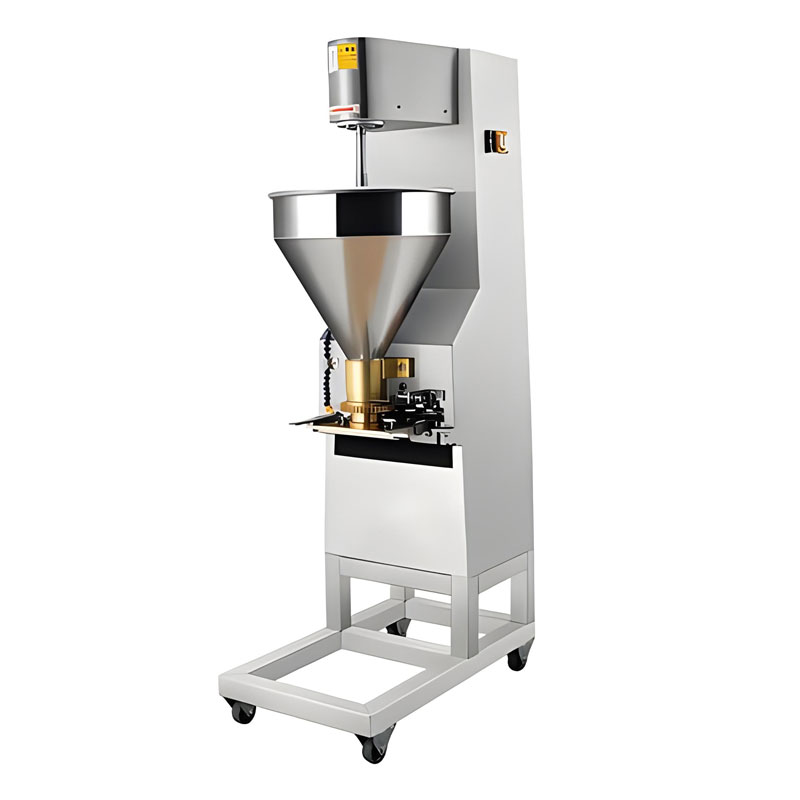
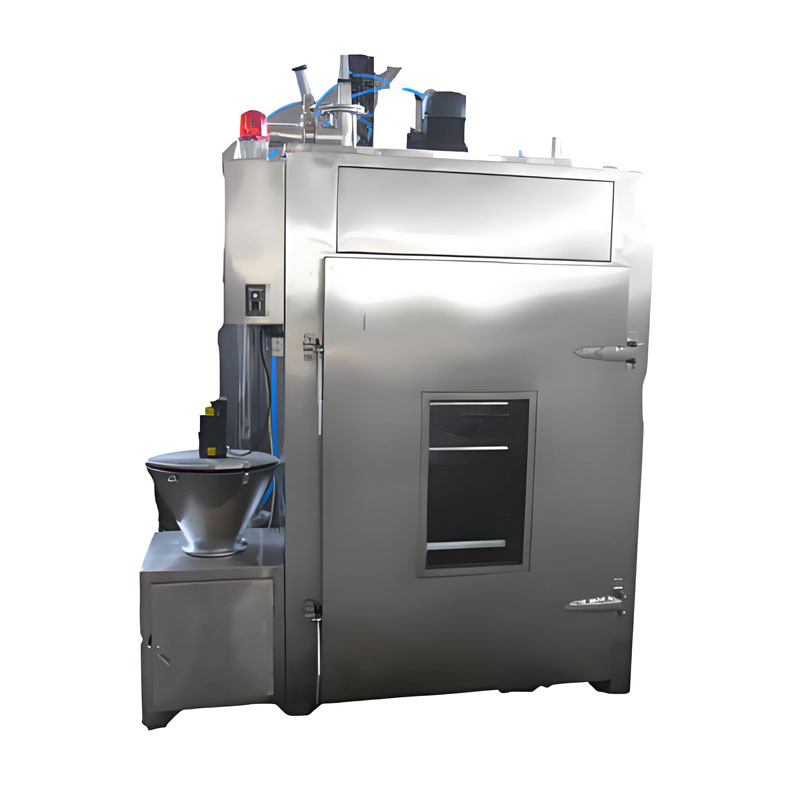
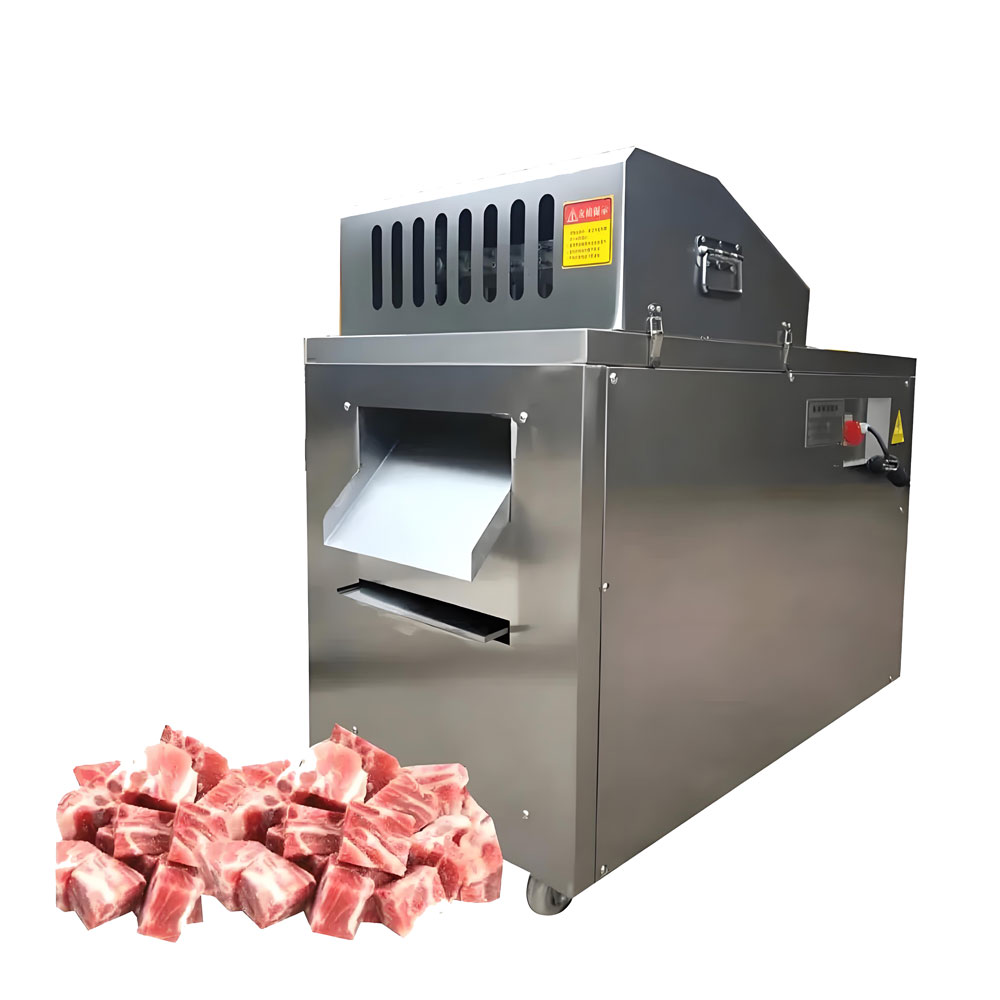
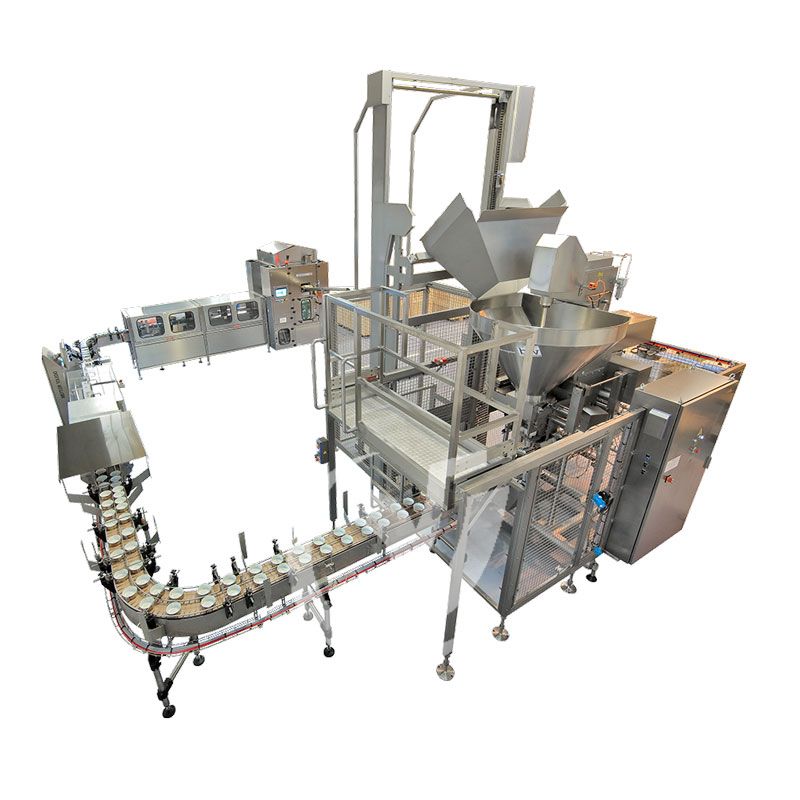

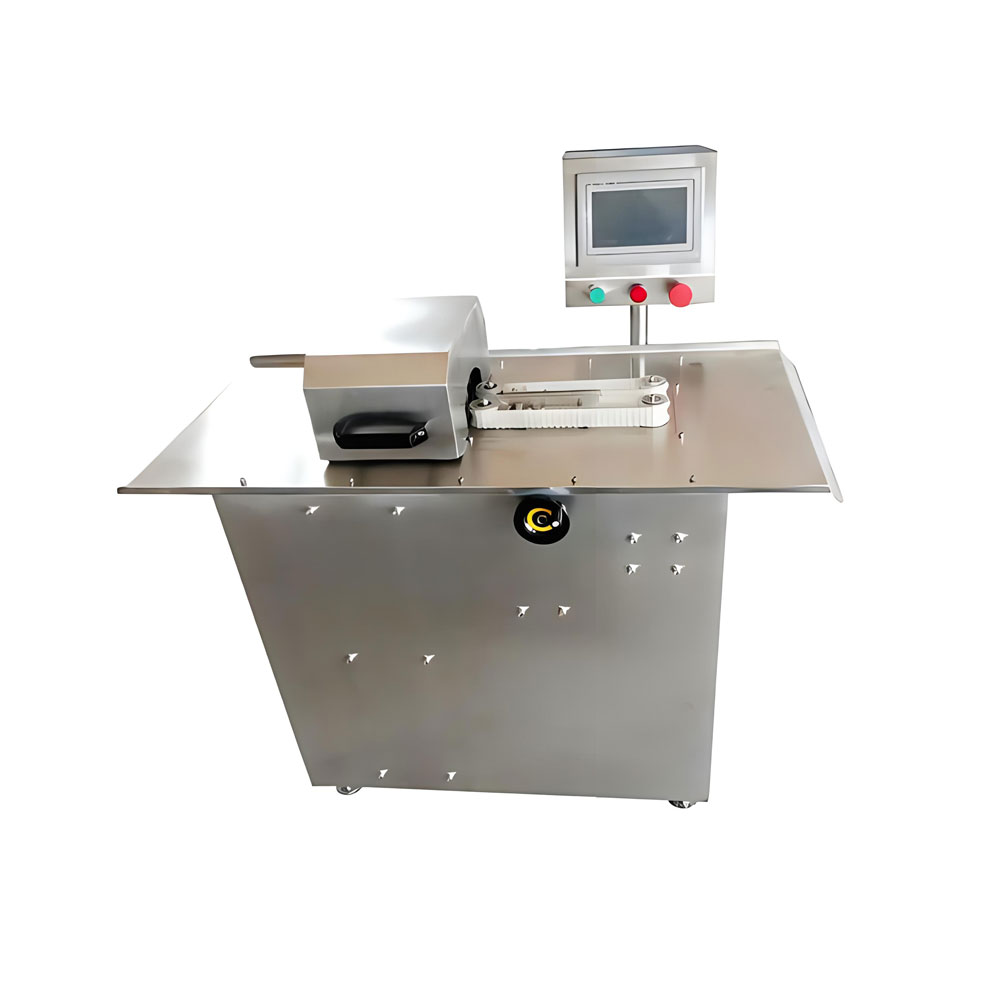
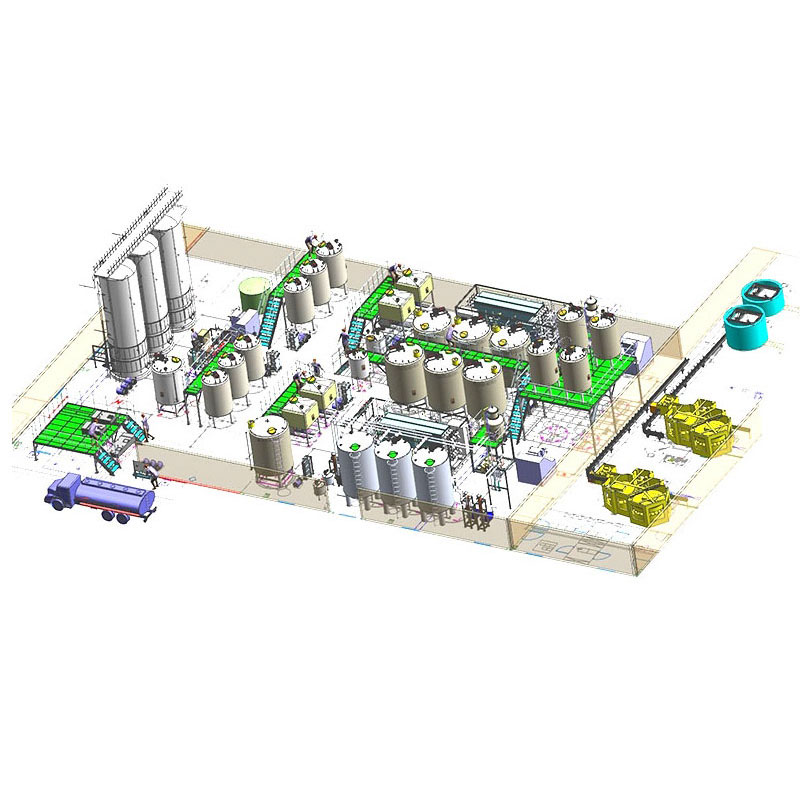
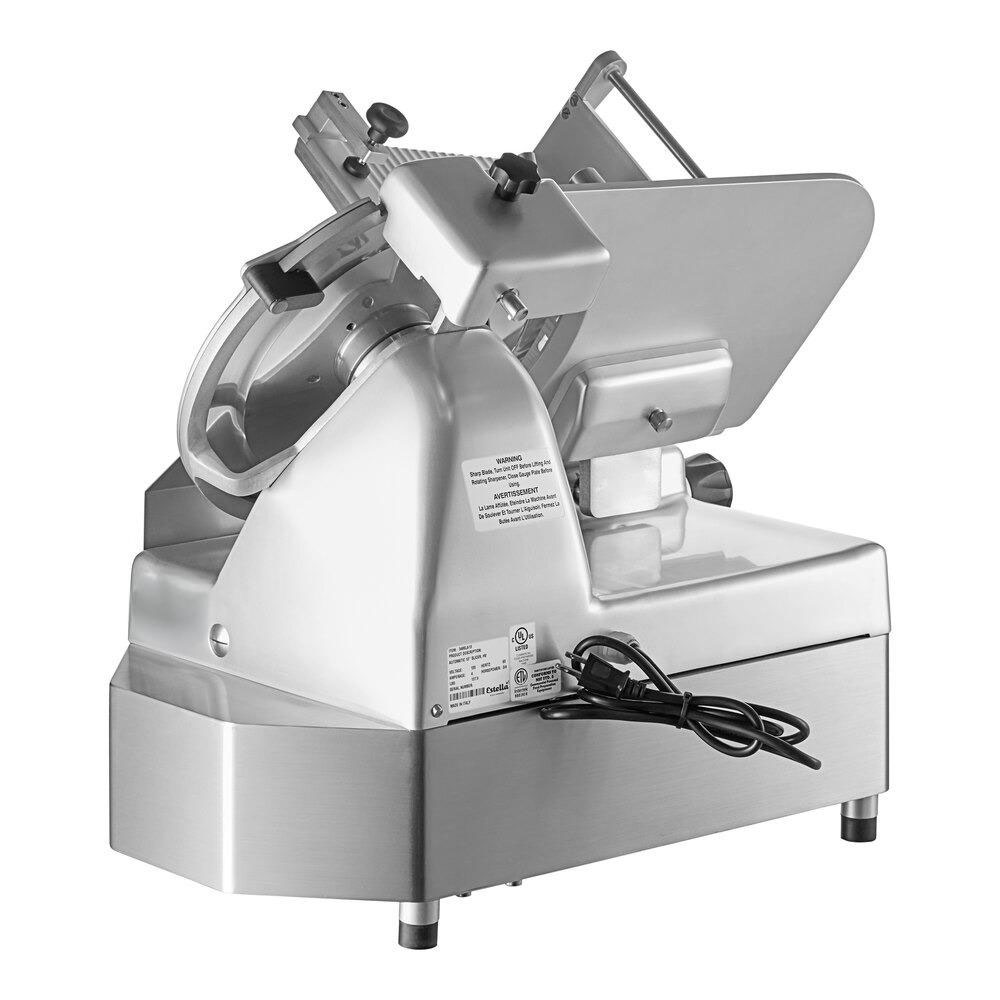
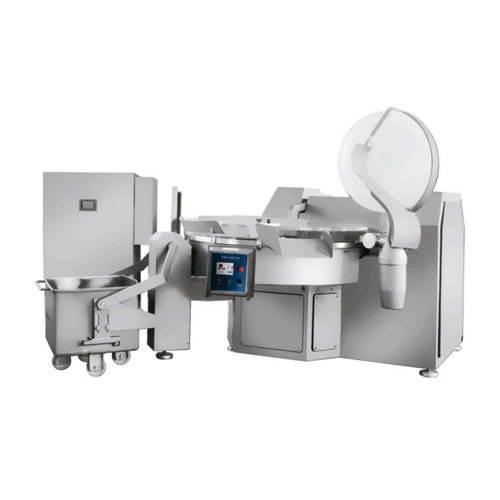
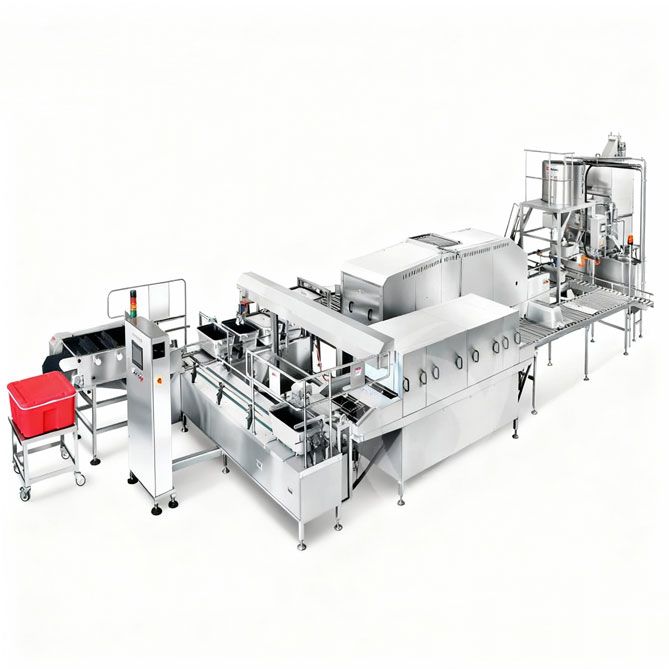
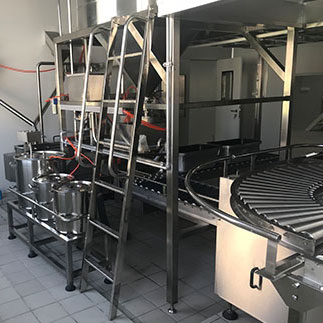 Cold Chain Rice Production Line
Cold Chain Rice Production Line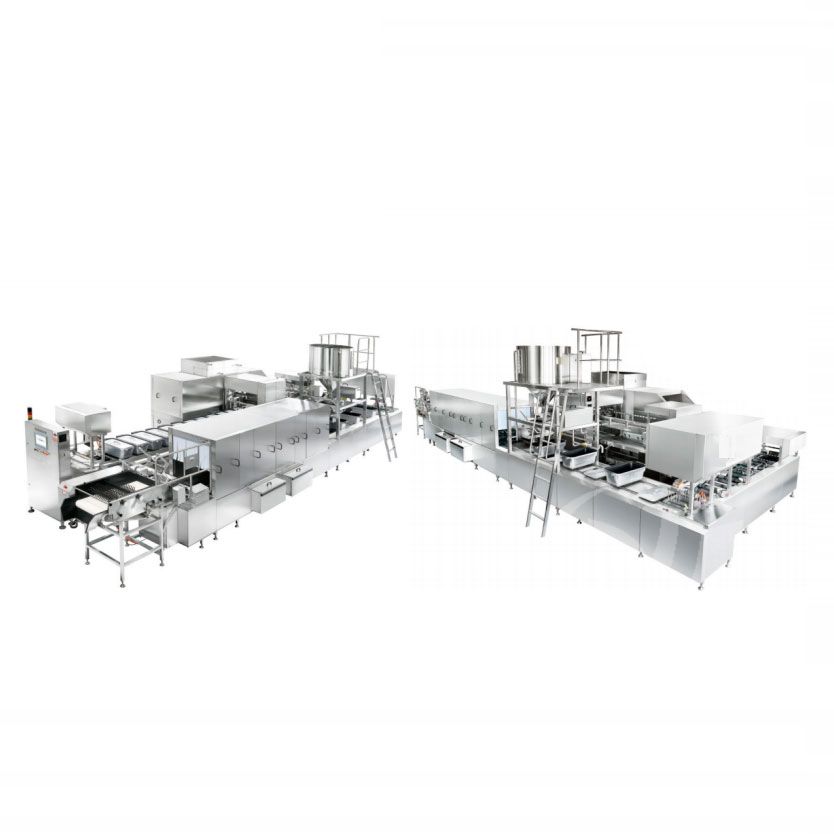 Unmanned Intelligent Rice Production Line
Unmanned Intelligent Rice Production Line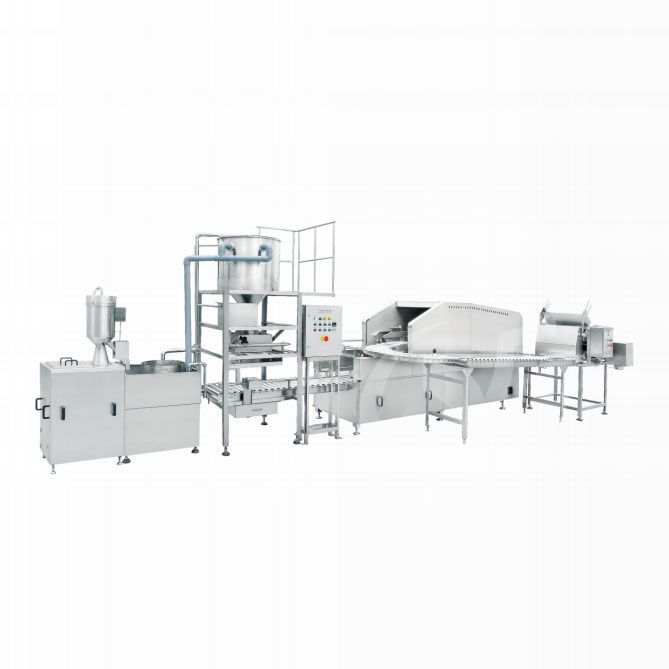 Automatic Rice Production Line
Automatic Rice Production Line
Ready to Get Started?